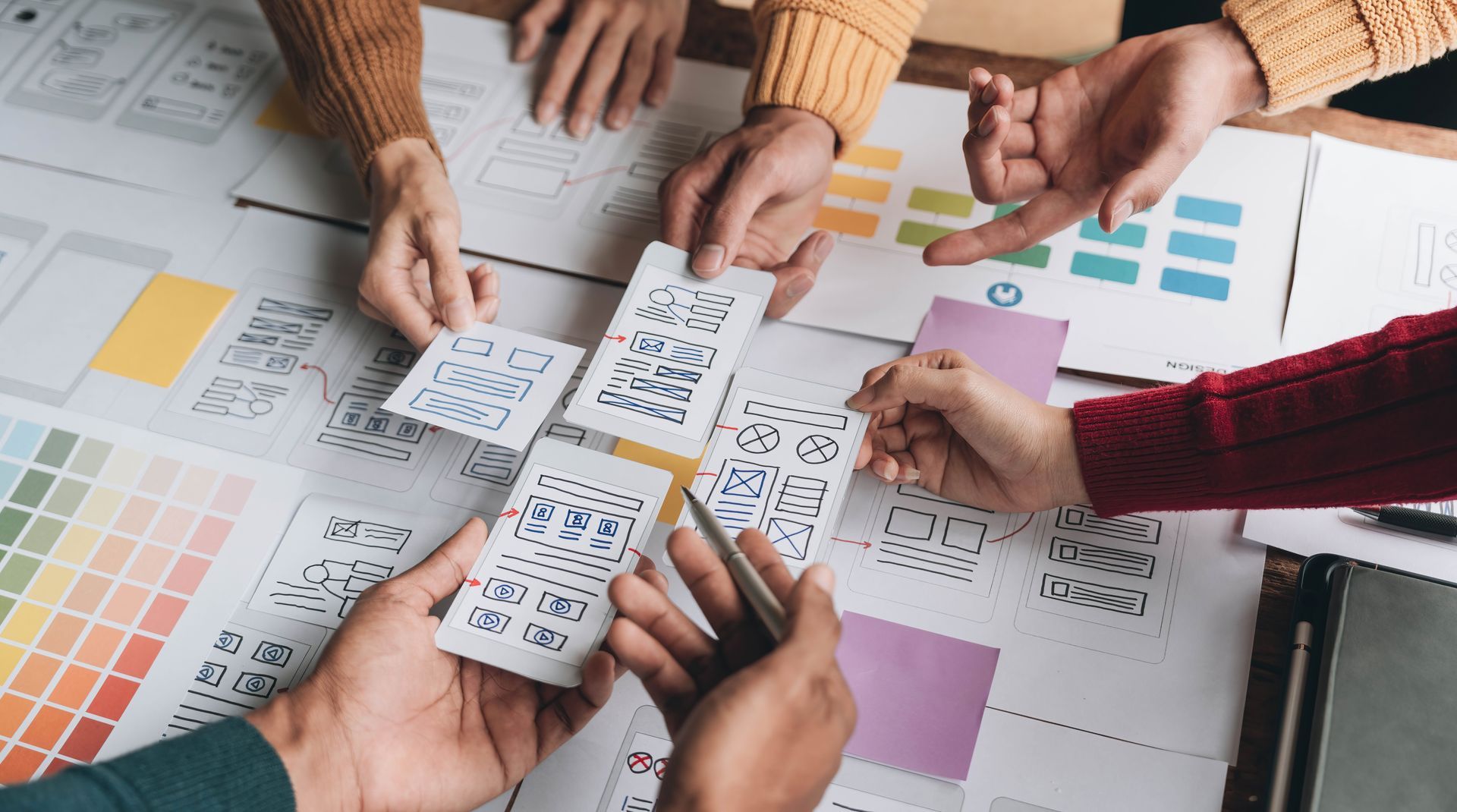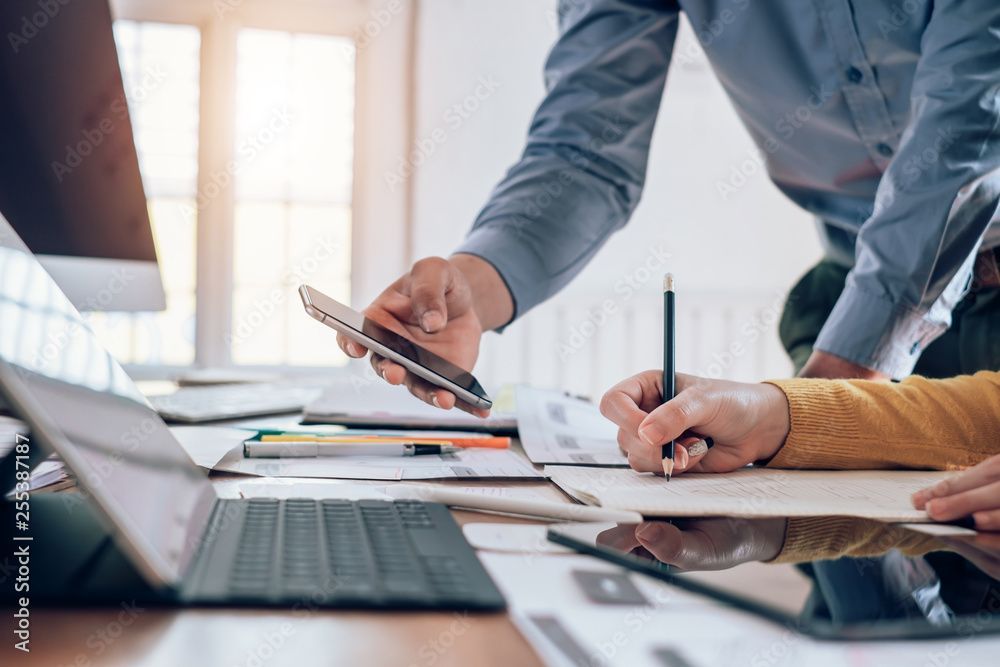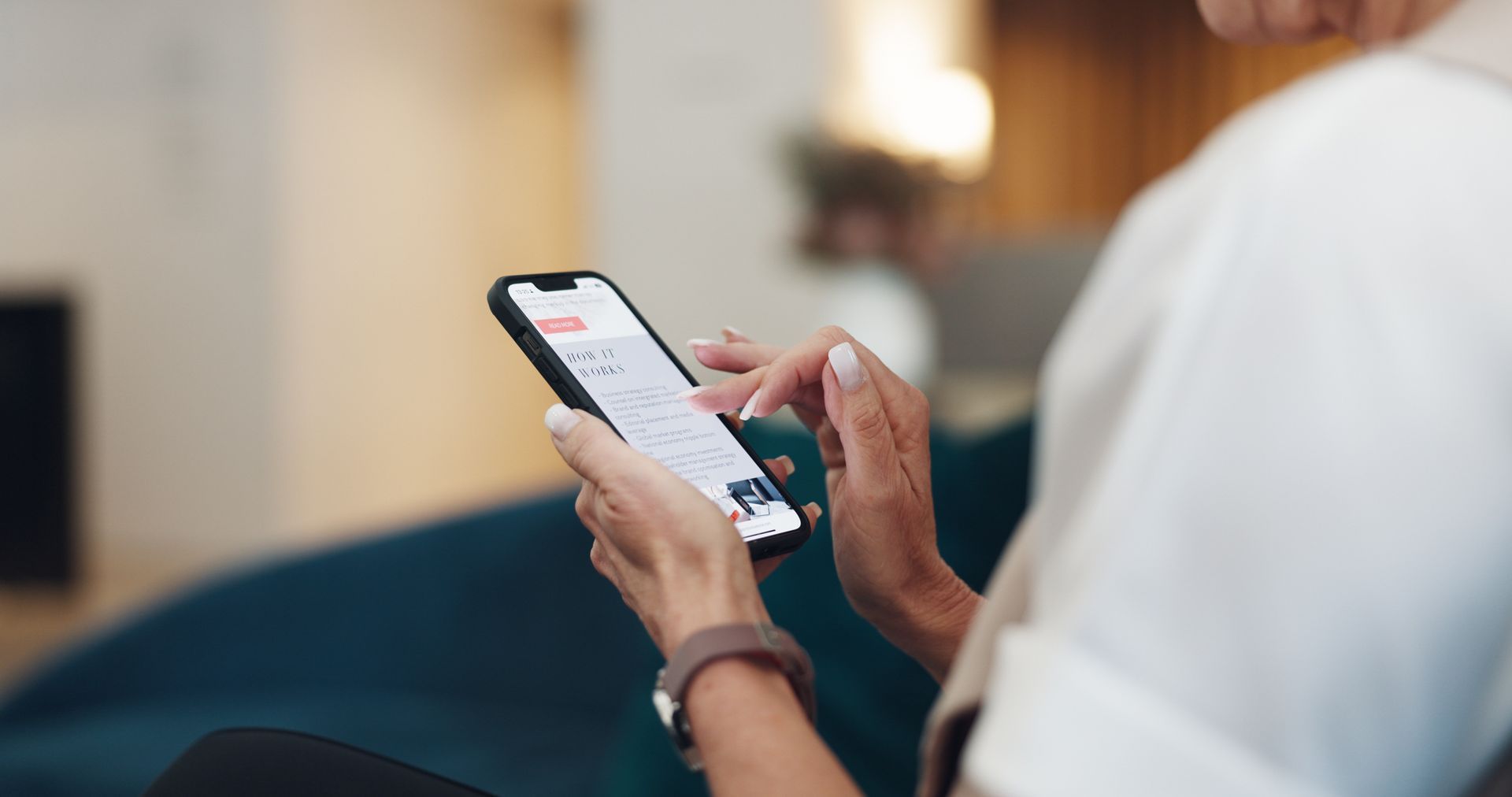6 Reasons Logo Design Matters (More Than You Think)
Logo design is often hailed as the pinnacle of good branding, but it's more than just a brand identifier. A well crafted logo can set the tone for customer perception of your company, and it plays a crucial role in shaping your brand's identity.
Join
Infoserve as we explore six compelling reasons why logo design matters more than you might think.
Why logo design matters
1. Grabs Attention
Whether it's online or on the street, a captivating logo has the power to cut through the noise and grab the viewer's attention. Whether it's displayed online, on a billboard, or on product packaging, your logo is often the first thing people see. It's your chance to make a memorable first impression.
Consider the iconic arched M of the McDonald’s logo. Studies have proven that 88% of adults recognise this yellow symbol worldwide. When you see this sign, even along the motorway, you know that one of your favourite fast food restaurants is just around the corner.
This immediate recognition is the result of a bold, well designed logo that has successfully captured the attention of millions of customers.
2. It can form the foundation of your brand
Your logo serves as the cornerstone of your brand's visual identity. It's the anchor that unifies all aspects of your branding.
The colours, fonts, and imagery used in your logo can set the stage for the entire brand experience. From your website to your packaging, from your marketing materials to your social media presence, your logo's design elements are carried throughout your branding efforts, creating a consistent and easily recognisable identity.
For instance, the iconic Apple logo is not just a picture of an apple; it represents innovation, simplicity, and quality. These attributes are mirrored in all of Apple's products and marketing materials, creating a cohesive brand image that resonates with its target audience.
3. They are a key identifier
According to Zippia, 75% of people recognise a brand by its logo.
Think about some of the world's most renowned brands: Coca-Cola, Nike, and Apple. What do they have in common? Memorable, instantly recognisable logos. These logos have become key identifiers for the brands, and consumers can spot them from a mile away.
The Coca-Cola script, with its flowing letters and iconic red background, has become synonymous with refreshing beverages and good times. This level of recognition is invaluable for brand loyalty and customer trust. Your logo becomes a symbol of your brand's values, making it easier for consumers to connect with your products or services.
73% of consumers are more likely to trust and buy from a brand that they know

4. There is an expectation for a logo
In today's business landscape, consumers expect to see a logo associated with any reputable company. It's a symbol of professionalism, legitimacy, and a commitment to branding.
A well designed logo signals that your business is credible and that you take your brand's identity seriously. It's a visual assurance to your customers that they are dealing with a trustworthy and established entity.
5. It separates you from competition
In a world filled with competitors, a unique and thoughtfully crafted logo can help you stand out from the crowd.
Your logo is a visual representation of what sets your business apart from others. It can convey your brand's personality and values, making it easier for consumers to choose you over similar competitors.
For example, think about Nike's iconic ‘swoosh.’ It represents movement, power, and aspiration. This logo has allowed Nike to separate itself from countless other athletic apparel brands and establish itself as a symbol of fitness and motivation.
In this sense, a strong logo can become a powerful tool for differentiating your brand and driving customer loyalty.
6. It conveys your brand’s personality
Your logo is not just a piece of art; it's a strategic tool for conveying your brand's personality and values. The design, colours, and fonts you choose can evoke specific emotions and associations in your audience.
An effective logo can communicate whether your brand is professional, playful, trustworthy, innovative, or any other characteristic that aligns with your brand's identity.
For example, the playful, childlike face that is the Innocent Drinks logo conveys a sense of approachability, creativity and silliness that perfectly reflects the company’s culture. This personality shines through in all aspects of Innocent’s branding, from social media and product packaging to the way their marketing team engages with customers, and even their office space which is open to the public.
In contrast, the Operations Manager at Infoserve is a strong advocate for The Telegraph’s branding and website design. As a popular news outlet, their logo consists simply of their company name in professional typeface reflecting the more serious content they generate.

Why the big brands change their logos
Many established brands have spent years, or even decades, building recognition and trust around their logos. So, why would they choose to change them?
The decision to rebrand and redesign a logo is not one made lightly. There are several reasons behind this seemingly bold move, and they all have strategic implications for the brand's future:
1. Adaptation to modern trends
One of the most prevalent reasons for big brands to change their logos is to stay current and relevant. Design trends evolve over time, and what was considered cutting edge a decade ago may now appear outdated.
To remain competitive in a fast paced market, brands often opt for logo updates that reflect contemporary aesthetics and design principles. An updated logo demonstrates a brand's commitment to staying fresh and aligning with the tastes of its target audience.
2. Simplification and versatility
Logos need to be versatile and easily adaptable across various platforms and media. A complex or intricate logo may not translate well to smaller screens, social media profiles, app icons or promotional merchandise.
Big brands often opt to simplify their logos, making them more adaptable and scalable without losing their core identity. This simplification can enhance recognition and consistency in a brand's communication.
3. Repositioning and brand strategy
A change in a brand's strategic direction or a shift in its target audience may necessitate a logo redesign. When a brand is repositioning itself or broadening its appeal, a new logo can be a visual representation of this change.
It's an opportunity to signal to consumers that the brand is evolving, offering something new, or catering to a different set of needs.
4. Cultural reasons
When companies merge or acquire others, they often face the challenge of integrating multiple logos and brand identities. A redesigned logo can help unify the newly merged entities under a single brand image.
5. Creating a fresh brand image
In some cases, brands may change their logos due to legal issues or cultural sensitivities. Legal disputes over trademark infringement can force a brand to alter its logo to avoid litigation. Cultural considerations can also lead to logo changes when a brand enters new markets or when the existing logo may inadvertently offend certain cultural groups.
For instance, the clothing brand The North Face altered its logo for the Japanese market to avoid any association with a local gang that used a similar design.
How to design a business logo
Because the importance of your business’s logo is so important, trying to design or choose your finished graphic can feel overwhelming. But if you stick to the following tips, you’ll be on your way to finding the ideal logo that will see your company through many exciting years of success.
1. Start by reflecting on the essence of your brand
Take it back to basics. Remind yourself of all the reasons why you started your brand in the first place, what you aim to achieve and what it is you sell. Your logo should align with your brand’s persona. For example, if sustainability is a fundamental principle of your business then you might wish to reflect this in its imagery.
2. Seek inspiration
There are many brands who have already set the tone for what makes a successful logo. Consider what it is about these logos that catch your attention, and which type of logo you feel would apply to your brand most.
This could be letterform like the McDonald’s ‘M’, abstract like the Nike sweep, a mascot or a symbol like the WWF Panda.
3. Simple is better
95% of brands use only 1 or two colours in their logo.
This is because, when it comes to logo design in the modern world, simple really is better. The adaptability of simple logo design cannot be underestimated and neither can its timeless effect.
4. Avoid rushing the process
It can feel tempting to rush creating your brand’s identity when trying to get your business off the ground, but this will only let you down in the long run. You need to have the time and clear head to find a logo that you love, and that will stand the test of time.
5. Experiment with multiple ideas and visuals
Regardless of how certain you may feel by your initial logo idea, it is important to experiment with a few different ideas to ensure you create the perfect logo for your brand.
Not sure where to start?
If you’re still struggling to build brand authority through Logo Design, then Infoserve can help. Our in-house design team are experts in high quality Brand Design and we are committed to helping you stand out from the crowd.
Contact Us today to start your design journey.




